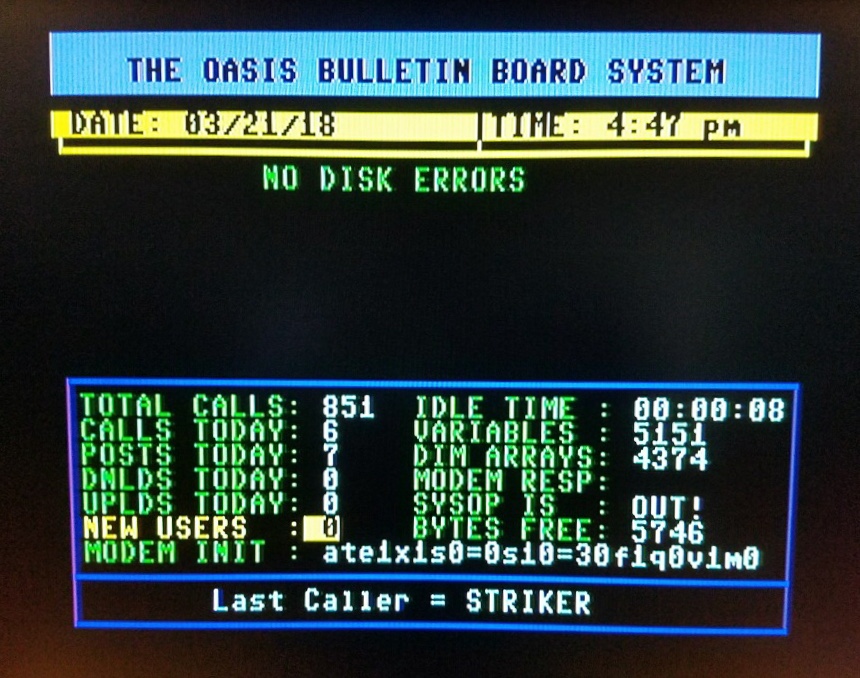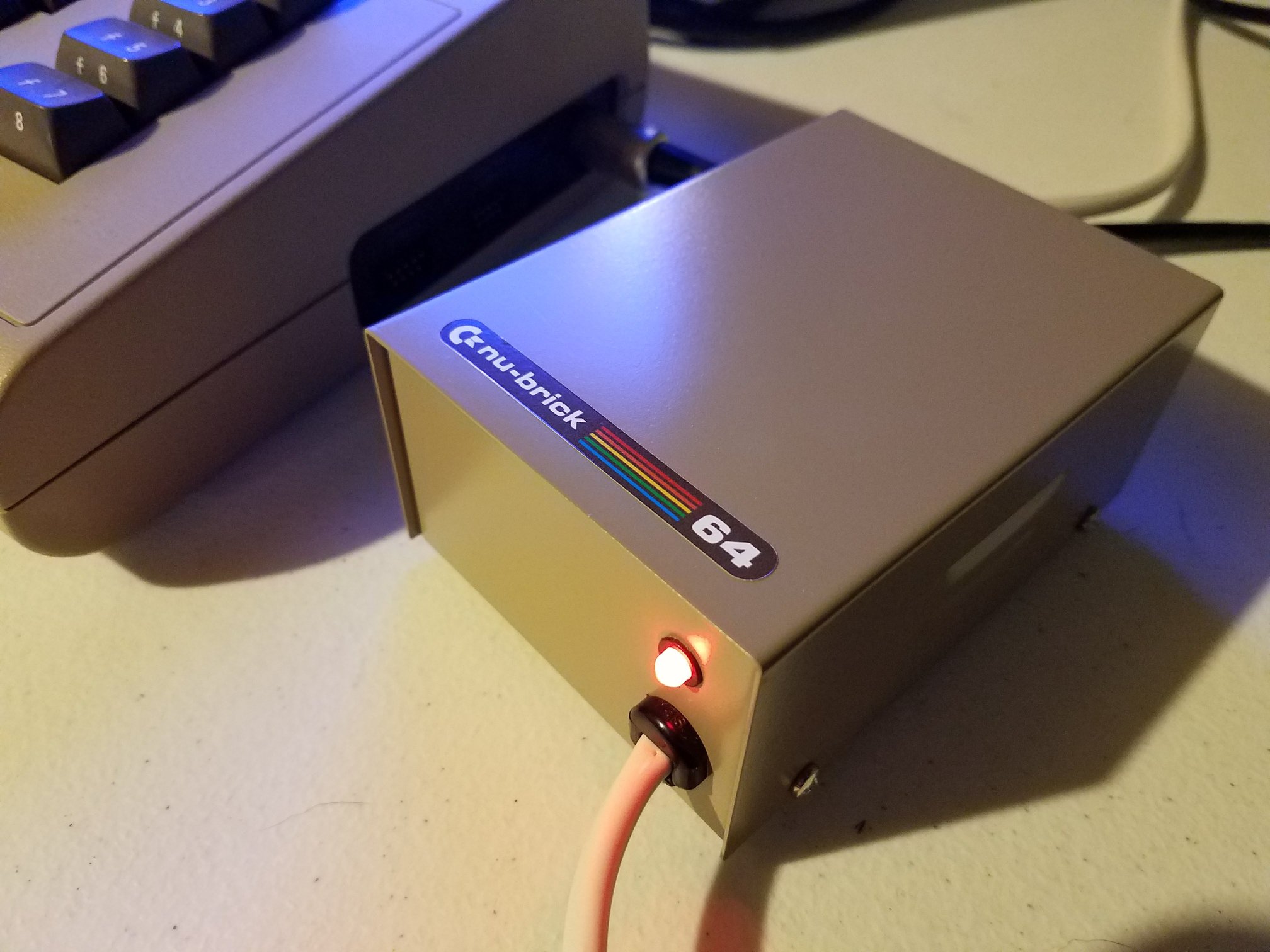Retro programming enthusiasts are no strangers to the mysteries and quirks of vintage computers. One such enigma is the world of “illegal opcodes” hidden deep within the Commodore 64’s MOS6502 and MOS6510 processors—a fascinating area explored passionately by the projectCD.Chronicles YouTube channel.
For decades, these undocumented instructions remained shrouded in secrecy, whispered about in coding circles as if they were spells from a sorcerer’s book. But now, thanks to channels like projectCD.Chronicles, these hidden gems are finally coming into the light. Each episode uncovers a new dimension of these opcodes, often dismissed as “black magic” by early computing pioneers who didn’t fully grasp their potential.
Two such powerful illegal instructions, LAX and SAX, have become stars of the show. LAX cleverly loads values simultaneously into the accumulator and the X register, streamlining processes and significantly optimizing computation times—perfect for squeezing extra performance out of limited hardware. SAX, meanwhile, elegantly merges the contents of the accumulator and X register, applying precise masks and turning ordinary assembly code into finely tuned masterpieces.
But the exploration doesn’t stop at theory alone. Practical applications abound, as projectCD.Chronicles demonstrates real-world uses of these once-taboo opcodes in classic games, impressive demo scenes, and even ingenious copy-protection systems. It’s a journey into vintage tech filled with surprises, insights, and practical tips—captivating both veteran programmers and newcomers alike.
In short, for those who revel in the nostalgic charm and clever hacks of 8-bit computing, the world of Commodore 64 illegal opcodes offers endless discoveries. It’s not merely about resurrecting the past but celebrating the creativity that pushed technology beyond its documented limits.







